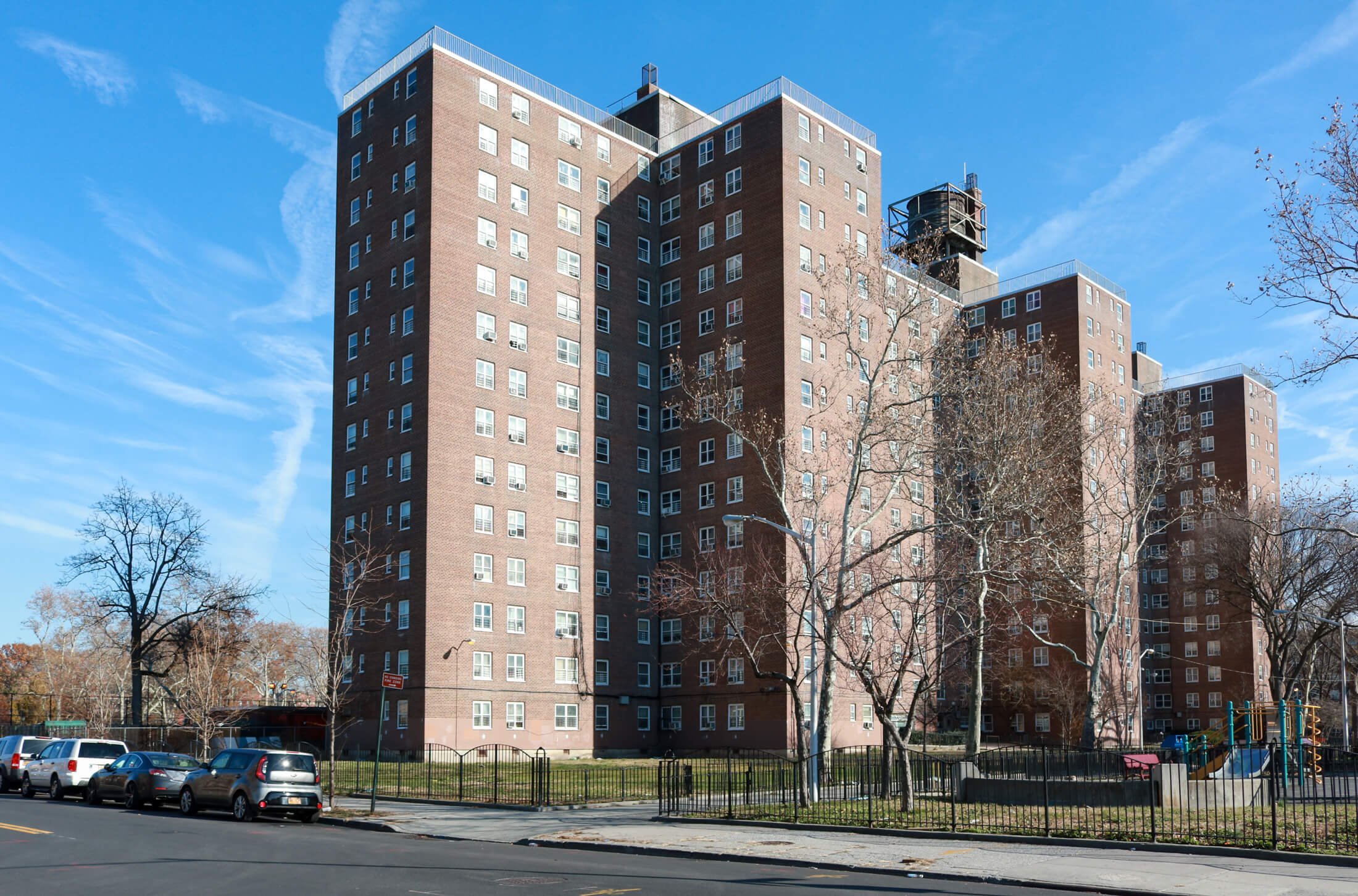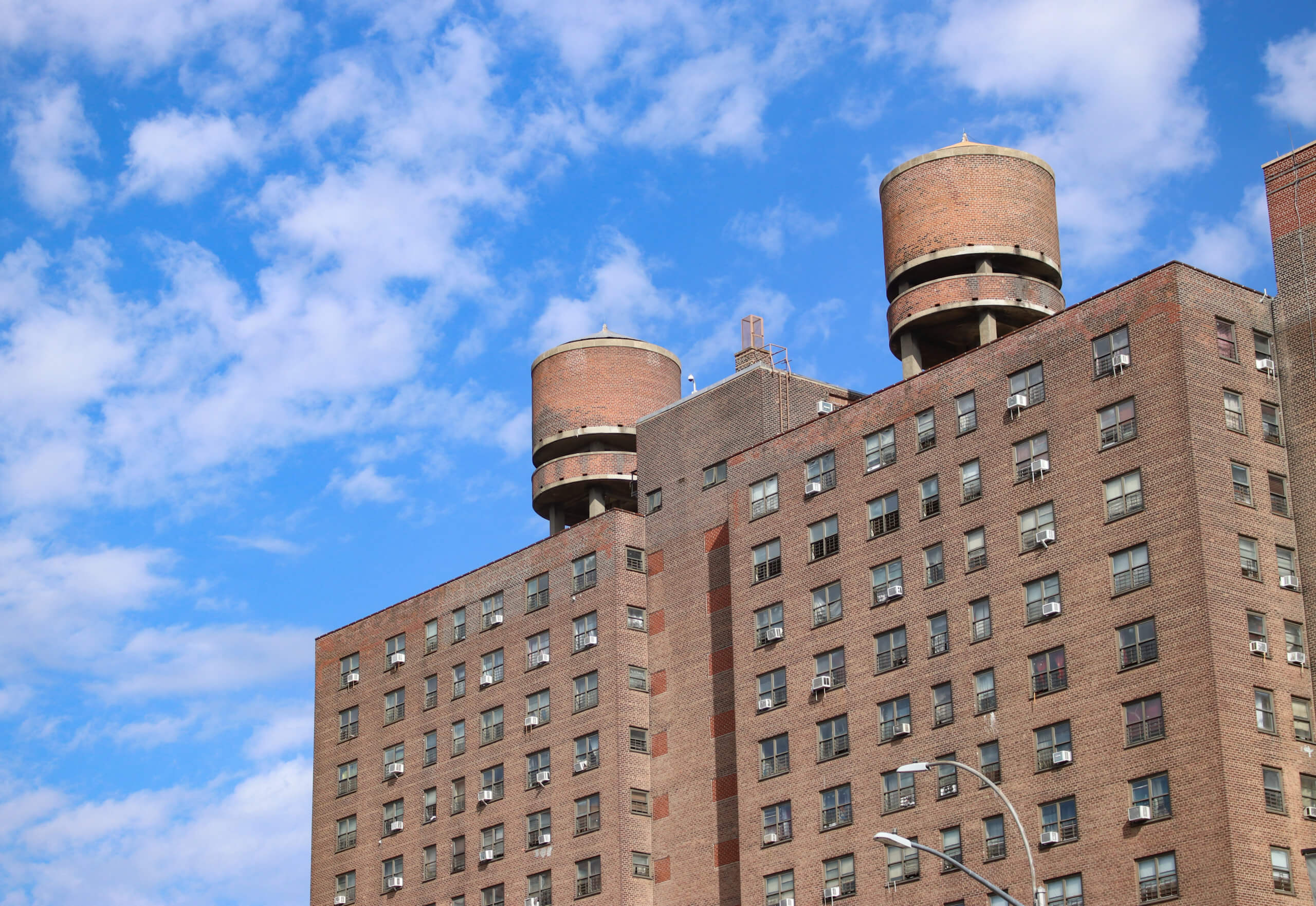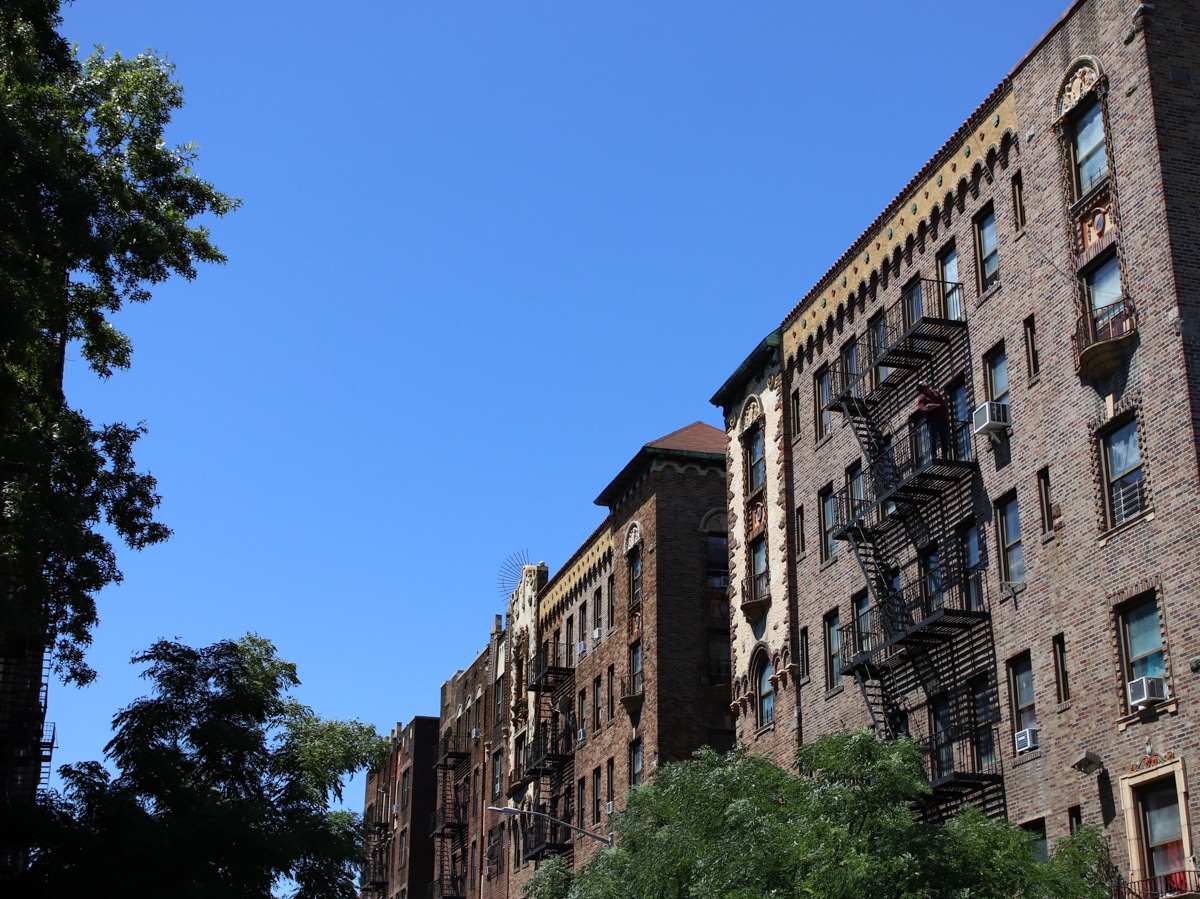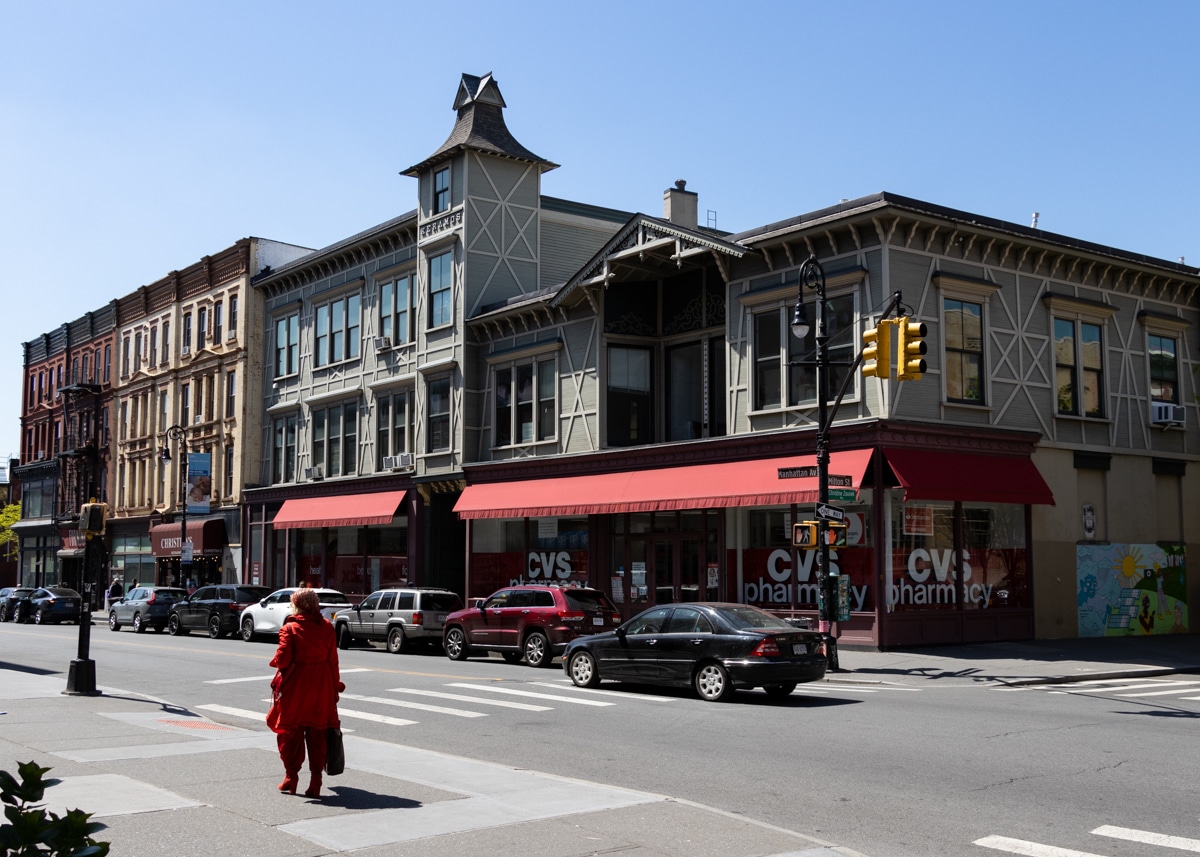Repair Estimate for NYCHA Grows to Over $78 Billion
The New York City Housing Authority said Wednesday that it needs $78.3 billion to address all of its outstanding repair needs, nearly double the estimate of five years ago as the city’s public housing stock continues to age and deteriorate.

Photo by Susan De Vries
By Ben Brachfeld, amNY
The New York City Housing Authority said Wednesday that it needs $78.3 billion to address all of its outstanding repair needs, nearly double the estimate of five years ago as the city’s public housing stock continues to age and deteriorate.
The jaw-dropping estimate came in NYCHA’s newly-released 20-year needs assessment, which noted that more than half of the total repair needs are for assets that must be replaced within the next year, while 77% of needs must be addressed in five years. Just five years ago, NYCHA’s outstanding capital needs were estimated at $45.2 billion, which itself was considered a staggering figure.
“The 2023 [Public Needs Assessment] demonstrates the tremendous magnitude and scale of the needs and challenges of NYCHA, following decades of disinvestment in public housing in New York City and across the country,” said NYCHA’s new CEO, Lisa Bova-Hiatt, in a statement.
About $58 billion is needed to repair apartment interiors, heat and hot water systems, plumbing, building facades, and windows, representing about 74% of the total needs; the rest is comprised of other building systems and needs of outdoor assets. Nearly 40% of individual NYCHA apartments have over $500,000 in capital needs.

Most of the increase in needs from five years ago stems from inflation. But the estimate also grew due to the continued deterioration of NYCHA’s assets, which includes 177,000 apartments in 335 developments, housing 360,000 New Yorkers. NYCHA has also added lead and asbestos abatement into the fold since its last needs assessment in 2018, further increasing the tally.
Only about $3.8 billion in outstanding needs identified in 2018 have been addressed, NYCHA says.
Day-to-day costs have also increased since NYCHA was placed under a federal monitorship in 2019. The monitor, Bart Schwartz, has instated more aggressive schemes to test for and abate lead paint.
NYCHA also intends to start updating its needs assessment on an annual basis, instead of once every five years.
Like those in other major cities, the authority has borne the brunt of decades of federal disinvestment in public housing, leaving residents to deal with the fallout of ancient boilers, inconsistent elevators, and untold amounts of lead paint, among other things. NYCHA has also been subject to criticism for its slow response to make such repairs, leading it to consistently be named the city’s worst landlord by the Public Advocate.
The sheer level of repair needed has required officials to think creatively.
Last year, state lawmakers approved the creation of the NYCHA Preservation Trust, allowing the authority to borrow money from private sources through bond issues, potentially unlocking billions of dollars for capital needs.
And in the past seven years, NYCHA has brought 61 developments with 30,000 residents into the Permanent Affordability Commitment Together (PACT) program, which brings developments under private management, with partner developers investing money for repairs. NYCHA says that $6.5 billion that would otherwise appear in the capital needs assessment is already being addressed through the PACT program.

“Improving conditions for residents remains our top priority,” said Bova-Hiatt. “And we continue to utilize every available tool, including PACT and the Public Housing Preservation Trust, to reduce this gap and bring investment into our properties.”
Residents often express worry that the new financing models are a Trojan Horse for the privatization of public housing, something NYCHA has consistently denied. Residents in PACT developments are still eligible for automatic lease renewals and succession rights, can form tenant associations, and have their rents capped at 30% of their income.
Another tactic the authority is trying is tearing down and building anew, a move adopted by most American cities but long resisted by New York. Last month, NYCHA announced it intends to tear down the decrepit, decades-old Fulton and Elliott-Chelsea Houses in Manhattan, housing 4,500 residents, and replace them with brand-new public housing buildings with all the latest amenities.
The plan also includes the development of 3,500 new private apartments, with a quarter of those set aside as affordable, on the public housing campus, in a process known as infill.
Undergirding the ambitious project is the assertion that the residents responded to a survey in favor of demolish-and-replacing their buildings instead of rehabilitating the existing ones, and that no demolition would take place until all the new units are constructed.
But on Wednesday, the Legal Aid Society and Community Service Society jointly disputed those assertions. The organization said NYCHA has been opaque on how the survey was distributed, that only a small sliver of residents actually responded, and that the survey did not disclose that the proposal also involved market-rate infill development.
The nonprofits also said that some homes will be demolished before new ones are constructed, noting NYCHA is holding at least 80 units vacant for residents set to be displaced by the demolition.
Editor’s note: A version of this story originally ran in amNY. Click here to see the original story.
Related Stories
- City to Add 200 Affordable Units for Seniors on NYCHA Land in Crown Heights
- Brownsville NYCHA Complex Chosen for Con Edison E-Bike Charging Station Pilot Program
- Fearing Displacement, Coney Island NYCHA Tenants Protest Privatization Plan
Email tips@brownstoner.com with further comments, questions or tips. Follow Brownstoner on Twitter and Instagram, and like us on Facebook.









What's Your Take? Leave a Comment